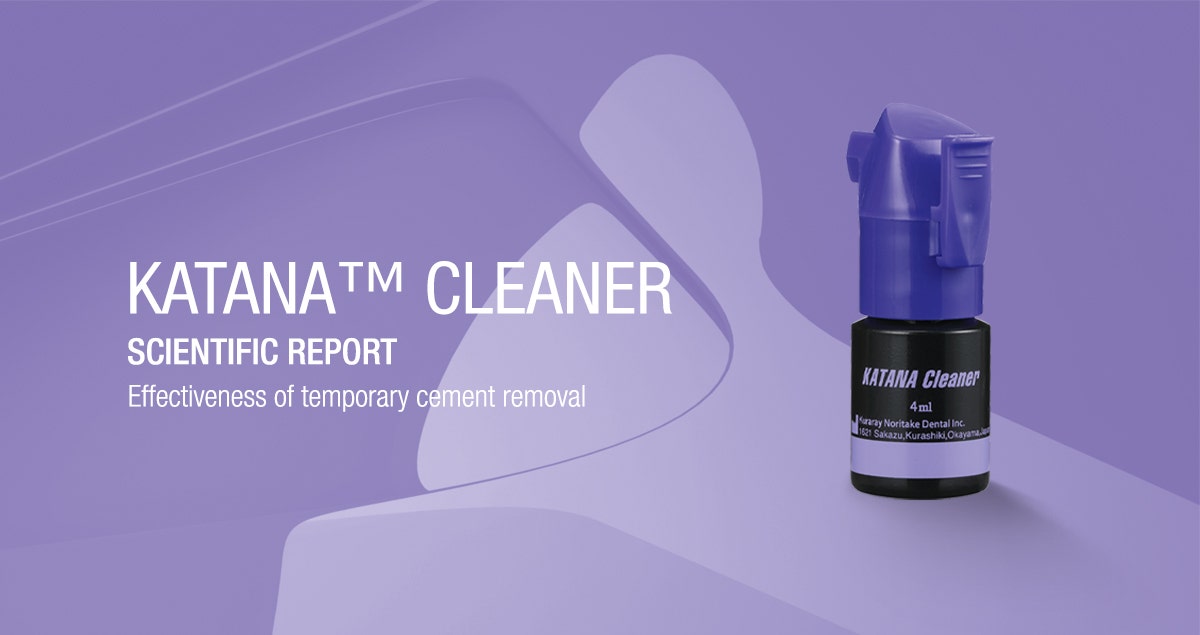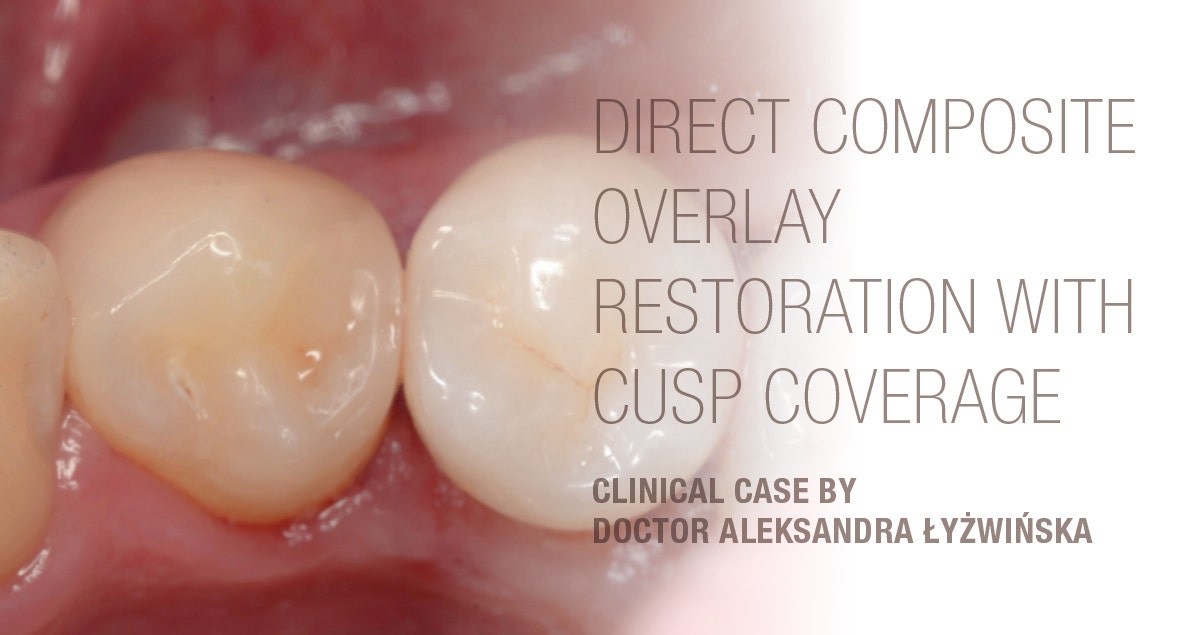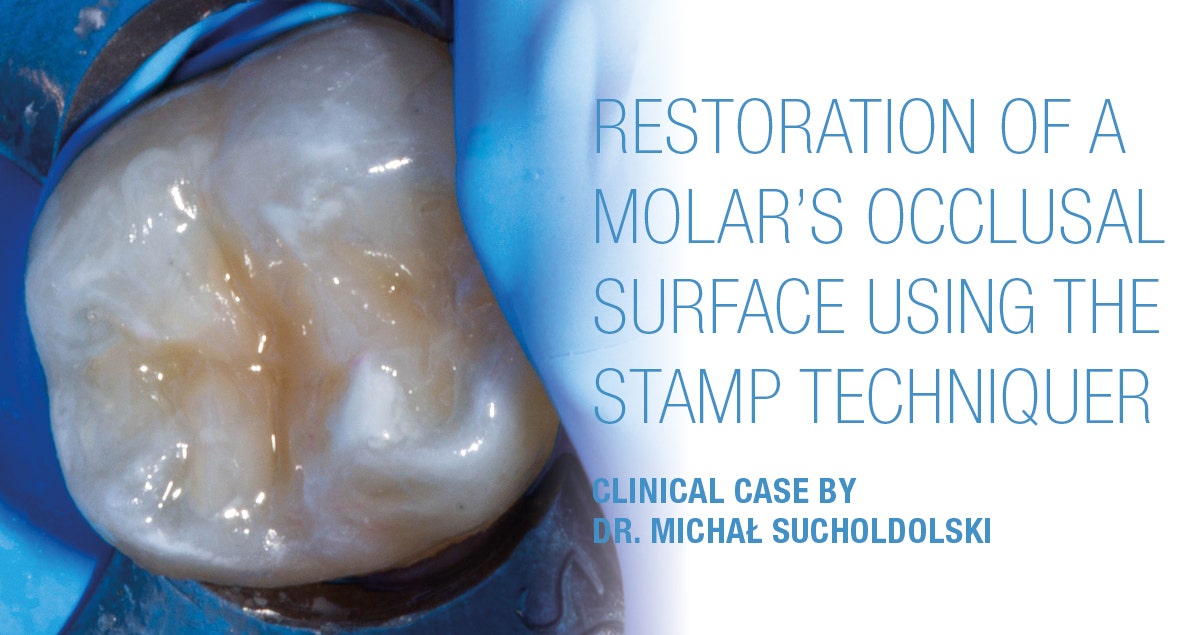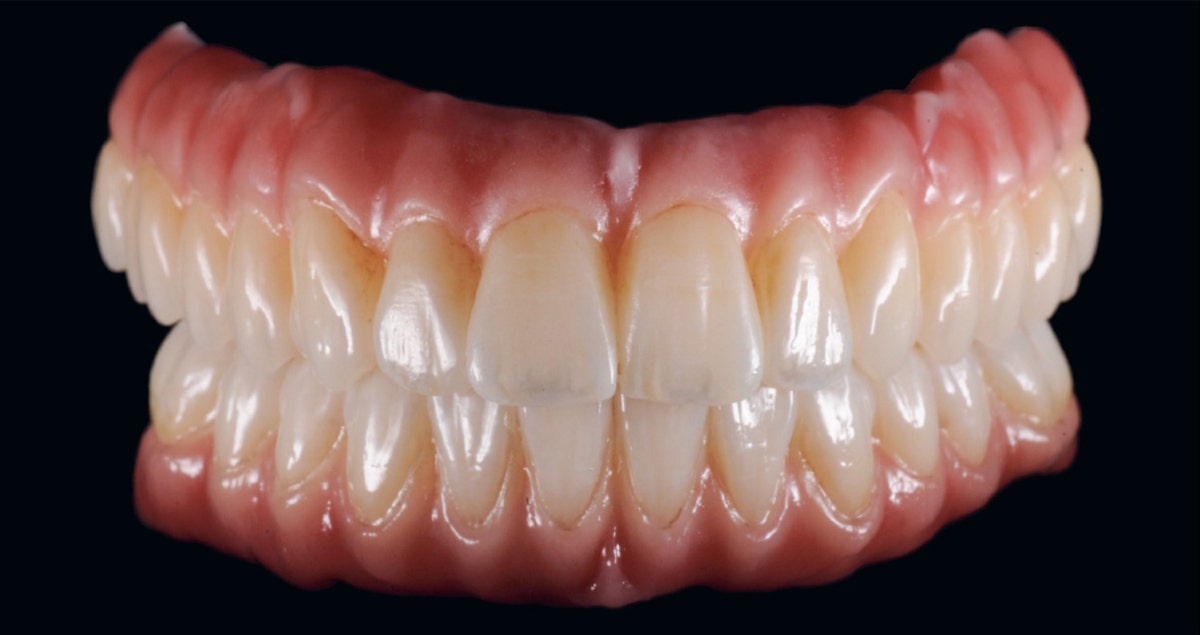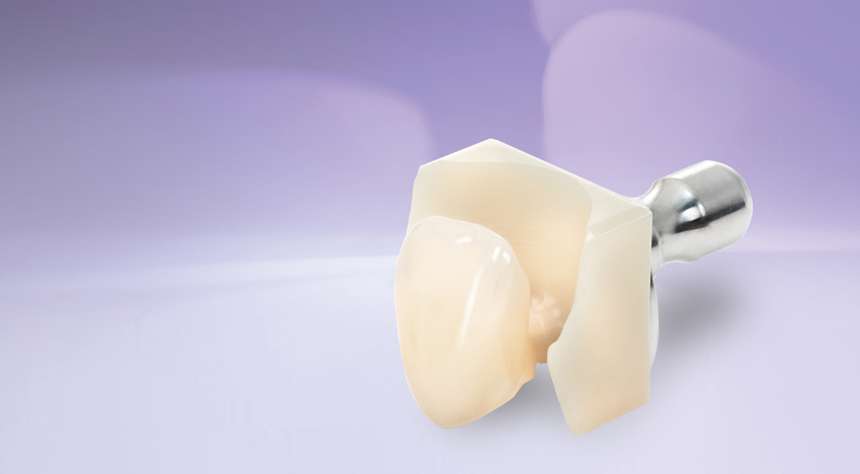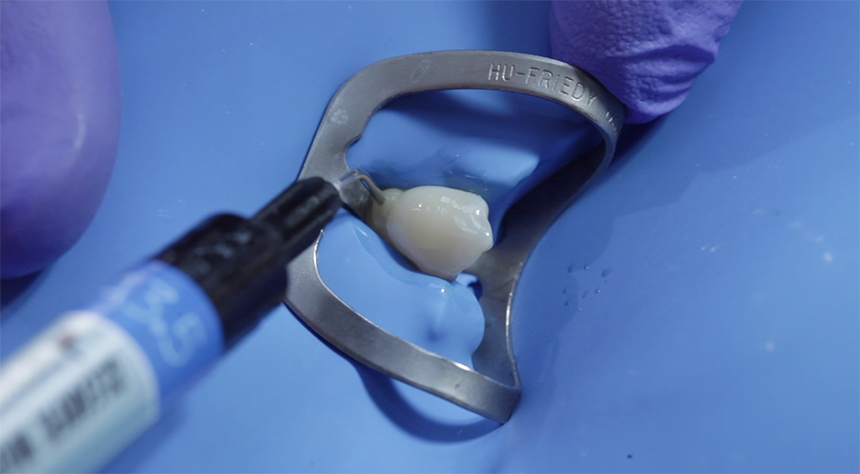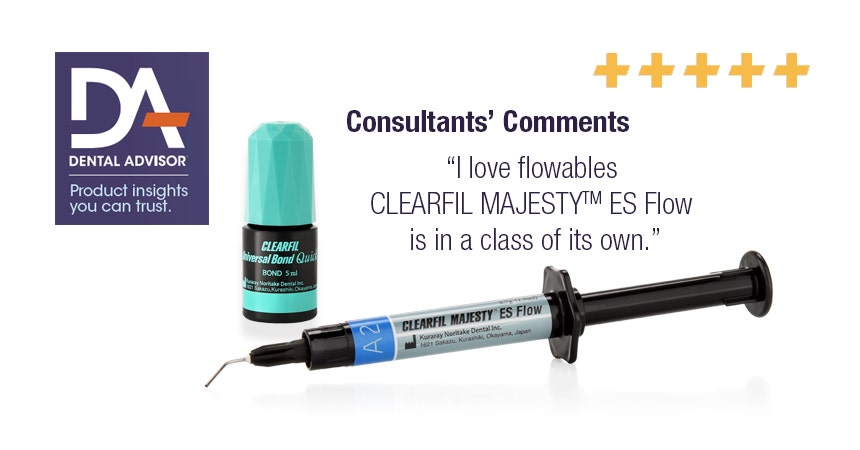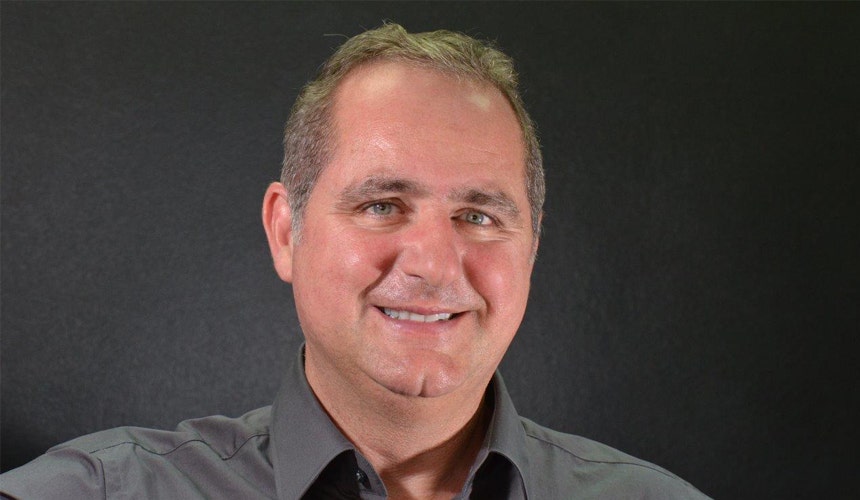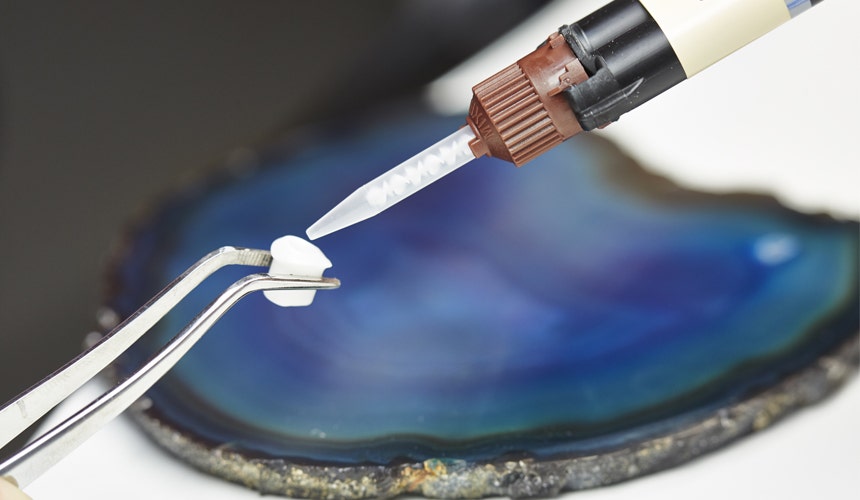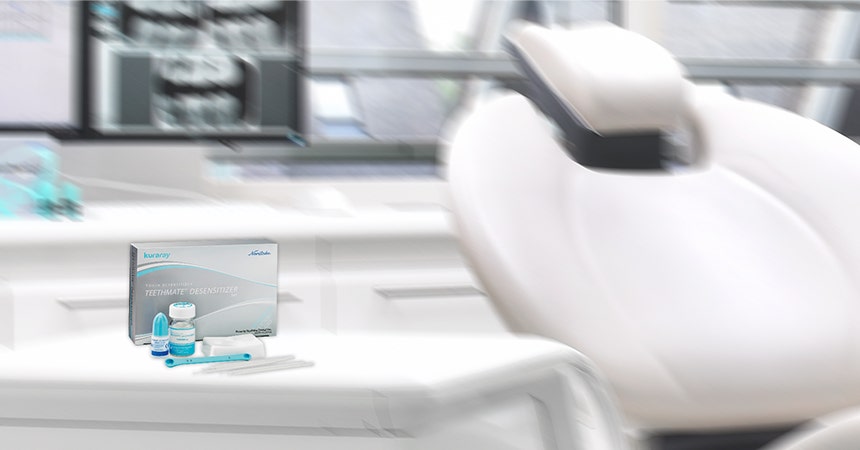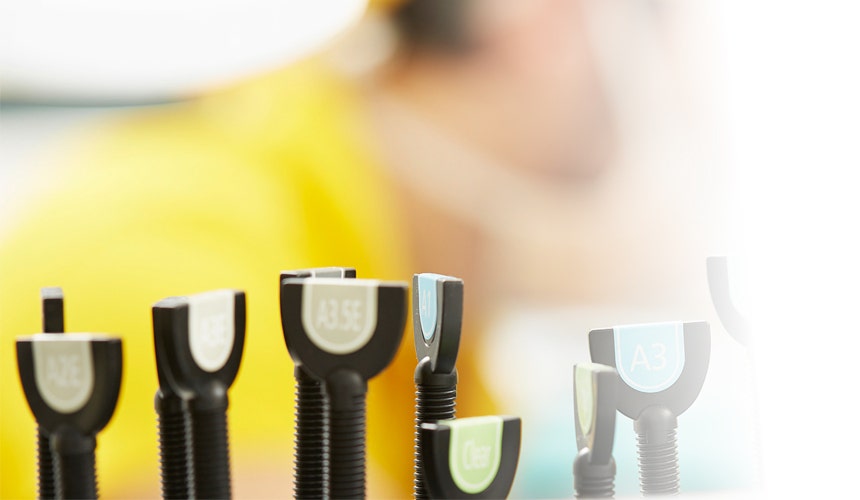“The multi-layered aspect of KATANA Zirconia is excellent”
In recent years, zirconia has emerged as the preferred choice for dentists who wish to perform restorative procedures with a reliable and metal-free material. With the recent development of multi-layered aesthetic high-translucency options, zirconia’s popularity has further increased. In comparison to the opaque whiteness of older generations of zirconia, these newer versions have an enhanced appearance and functionality that makes them suitable for natural-looking anterior restorations.
Kuraray Noritake Dental’s KATANA Zirconia disc range is made with a proprietary zirconia powder—processed in-house—that gives it its natural appearance. Suitable for zirconia prostheses, from single crown to full arch, it is an ideal option for restorations in both the anterior and posterior regions. We spoke with Dr Imad Ghandour, a prosthodontist with a strong scientific background and a private practice in Le Cannet in France, about his experiences with the KATANA Zirconia range in restorative procedures.
Dr Ghandour, when did you first start using zirconia as a material for your restorations?
In 1998, when I was still sintering manually, I began using zirconia alumina. It was nice to have an alternative to metal alloys that was much more aesthetic. From 2003, however, I started with VITA blocks, but only for frameworks—I would still build up with ceramics. Now, with so much of dentistry being digitally focused, there is a need for a material that can be milled without changing anything in the morphology of the teeth. Why? Because we need to be able to reproduce the treatment plan as accurately as possible. Simply put, the KATANA Zirconia range solves this need for me.
With respect to dentistry being digitally focused, how has this changed the role of the dentist regarding performing restorative procedures?
Well, it is clear that we have entered the age of digital dentistry. Around 80 per cent of restorations are conducted via CAD/CAM systems and without dentists even touching the materials themselves. There are great advances being made in the technologies that are available for everyday use in dental practices worldwide, and many of them can be used to assist dentists performing restorative procedures. It is important, though, to keep in mind that these technological advancements alone will not lead to better results—they should supplement the requisite hands-on skills and techniques that all dentists must first learn. With this base of fundamentals, we can then use digital dentistry to make restorative procedures more predictable and reproducible. Of course, to ensure the best results in restorative procedures, dentists also need to use the materials that have the best aesthetic and mechanical properties.
For how long have you been using Kuraray Noritake Dental’s KATANA Zirconia range, and what has your experience been?
I have been using KATANA Zirconia for a little bit more than one year. In that time, I have primarily used the KATANA Zirconia STML (Super Translucent Multi Layered) line and have been pleasantly surprised by how natural-looking the restorations I have made with the material are. For example, when I sinter a crown made of Katana Zirconia STML, I am amazed at how much the sintered material is reminiscent of a pearl—it truly brings to mind the idea of one’s teeth being one’s pearly whites.
When using KATANA, how do you ensure that you select the correct shade to achieve a natural look?
Firstly, no one—not a dentist nor a dental technician—can be absolutely certain that the shade and chroma of the restoration that is in one’s hand will be the same once it is in position in the oral cavity. This is due to the complexities of the oral environment—the pinkness of the gingivae, for one, can have a large impact on how the restoration appears, often making it seem far duller than it does in the light of a dental laboratory. This can cause dental practitioners to compensate and make prostheses that appear far brighter than they will when they are in place.
With a product like KATANA and its related glazing materials, however, I can create crowns and other restorations that have an optimal fluorescence and translucency and are able to maintain their shading better than any other ceramic material I have used. I am able to select a shade with the confidence that it will look exactly the same once placed inside the mouth, with its chroma remaining unabsorbed by the gingiva. Achieving a natural look, then, depends on choosing a shade that is as close to that of the surrounding dentition as possible. Since KATANA Zirconia UTML (Ultra Translucent Multi Layered) is available in 16 standard shades and a further four enamel shades, there is no shortage of options in this regard.
How does the multi-layered technology of KATANA Zirconia help you to achieve optimal and natural-looking aesthetic results?
Well, firstly, the layering of the material is designed to replicate the colour and translucency progression of natural teeth, which allows for restorations to blend in as much as possible. This multi-layered technology has also proved itself to be very handy when I am sintering crowns made of KATANA Zirconia. Simply put, if one sinters a crown quickly, it will be a little more opaque. If one sinters it at a higher temperature and quite slowly, it will be much more translucent. The multi-layered aspect of KATANA Zirconia is excellent in that it gives me the ability to make restorations more or less translucent depending on what is required.


